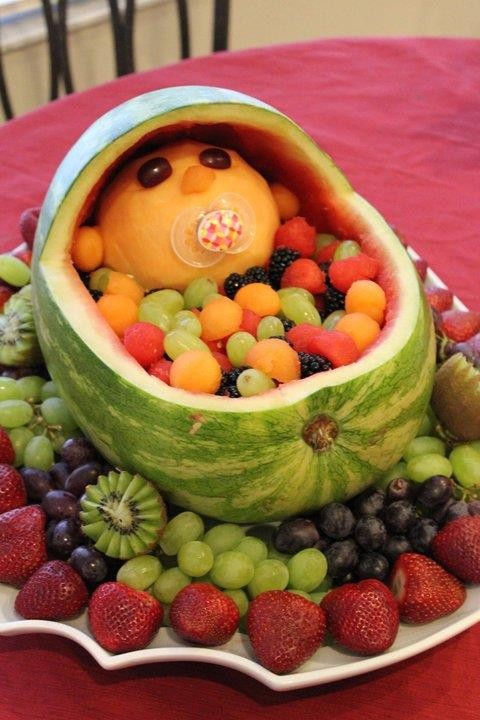As the salmonella-in-cantaloupe outbreak reached 178 sick in 21 states with two dead, California melon growers are really starting to lose it, frustrated after the second straight year of seeing their market potentially damaged because of food-safety issues far from the fields in the Golden State.
The Produce News reports that at this time of year, California is the major supplier of cantaloupes, honeydews and other melons, but this is also the time of year when regional and local deals are in full  swing.
swing.
Western Growers Association, which represents most of the melon growers in California and Arizona, is calling for greater scrutiny by buyers as they purchase local and regional melons at this time of year.
“Western Growers contends that every cantaloupe grower and shipper must have strong preventive controls in place,” Executive Vice President Matthew McInerney told The Produce News Aug. 22. “For a broker, distributor, retailer, grocery chain or foodservice buyer to demand a vigorous food-safety and traceback program from California and Arizona cantaloupe farmers, but then purchase from a supplier without ensuring they have similar systems in place, is unconscionable.”
Who are these buyers? Pretty much everyone.
Anyone can talk a good food safety game; only a few do it.
“As grower-shippers, we are told — even demanded — to develop and validate adherence to a strict food-safety program,” said McInerney. “That is appropriate and we agree, but how do we reach those who fail to comply? Better yet, how do we get the entire supply chain to share that commitment on a consistent basis? The only way this tainted produce can get to the consumer is that we have enablers that empower less-than-appropriate practices because those buyers buy without question.”
A California cantaloupe grower-shipper who said that he could only speak freely if he was not identified said that he was “very frustrated that buyers are not holding small local growers to the same standards [that California growers are complying with]. I am unwilling to accept it, but I am powerless to do anything about it.”
He said that many buyers preach one thing but then act differently if they can get a better price.
“We became GSFI-certified this year at a cost of $50,000 to $60,000,” said the anonymous grower. “It is very frustrating that we step up to a higher level of food safety at a significant cost and yet we can lose our market because others don’t. I bet the operations that have had problems in North Carolina and Indiana are not GFSI-certified.”
That’s why it’s time to remove some of the faith and insert some data in the form of verifiable marketing of food safety at retail. The majority of farmers who make investments in food safety should be rewarded at the checkout counter – the only place consumers get to vote.
Meanwhile, Tim Chamberlain, who runs the 100-acre Chamberlain Farms fingered as one source of the current killer cantaloupe, said it stopped producing and distributing cantaloupe on Aug. 16, when the FDA .jpg) alerted him that the fruit could be tainted.
alerted him that the fruit could be tainted.
Chamberlain said health officials haven’t told him what may have caused the contamination, so the farm hasn’t been able to take steps to fix the problem.
"We’re waiting for the government agencies to tell us what to do," he said.
Chamberlain said he has had no other problems at the farm since it began operating in 1982.
A table of cantaloupe-related outbreaks is available at http://bites.ksu.edu/cantaloupe-related-outbreaks.
